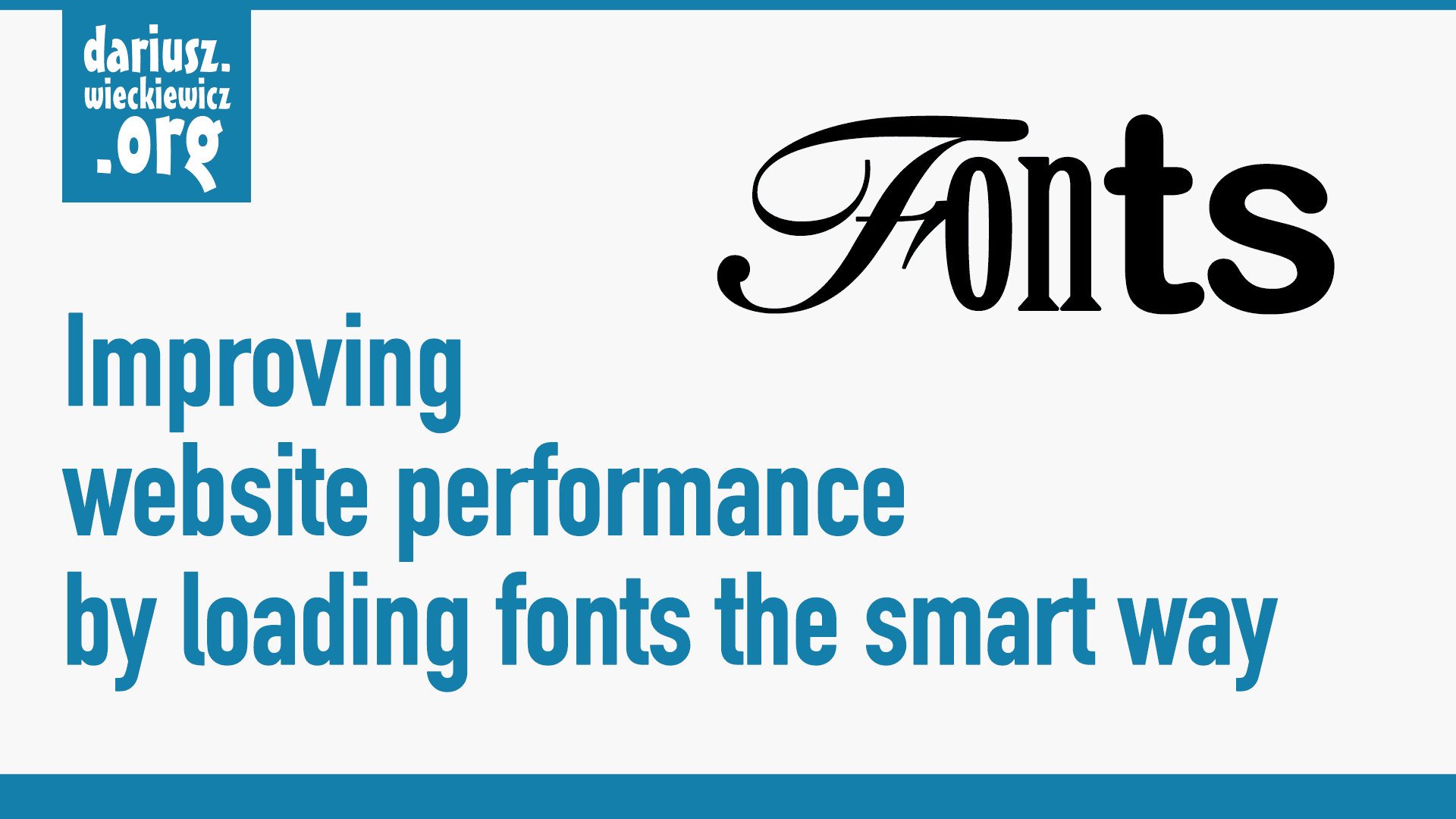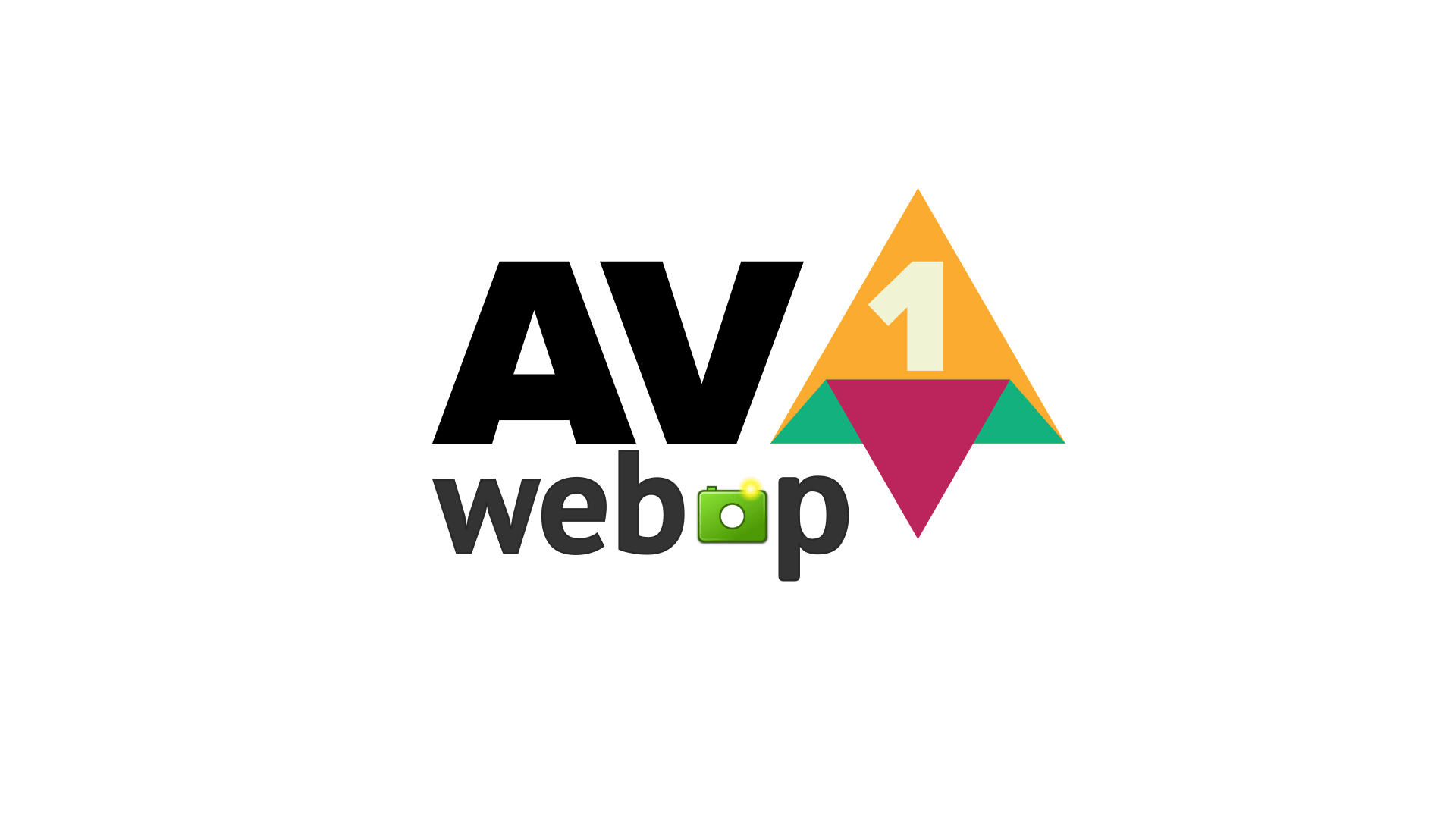
I have been reading for some time that one of your solutions for better SEO will be removing pages that are not performing well and just wasting a crawl time.
Redirecting them to the most relevant part (using redirect 301) or where such doesn’t exist, pointing back to the homepage and advising search engines that it’s gone (using redirect 410).
There is one problem with removing something from a page that you spend a lot of time creating. There is a sort of sentiment in it.
Even when I migrated from WordPress to Hugo I moved all pages to a new website. I have done an initial review and did some corrections, but never looked at the test from a merit point of view.
Generally, I am against using the rule of removing content that performs poorly in search engines. Not always the case, that the content is not desired. Sometimes simply is unique and targeting the niche that shall be here for some who will need it.
With such an approach, I am creating some of my posts. To give users something that I struggle to find. You can call it niche but in reality, this is something that some people are searching for and cannot find easily. If I struggle to find a solution and I will come up with my own, I would like to share this with the world.

My site, until recently, was using a system font stack, mostly because I would like to have the lightest website possible.
My featured images, heavily optimized, still account for large LCP (Largest Contentful Paint) and adding custom fonts, in the most common way, can increase the overall weight of the website.
I am happy with my site, but on others, I need to use specified fonts to get the right visual experience across all user devices. In that case, I need to load additional fonts to accomplish that.
The fonts not only add weight to the website but also can hurt CLS (Cumulative Layout Shift) if loaded incorrectly. As CLS is part of essential Core Web Vitals, its poor score can drop a website significantly in Google Search results.
Ironically, Google, on their Google Fonts website provides information (code) on how to implement the desired font in our website. The problem is, that their solution will have a huge negative impact on your website.
Not only they are loaded from an external source, but the speed of loading of your website and external fonts can also vary and cause, ironically, CLS, that Google will penalise you on.
A widely recommended method is to self-host your fonts (even these from Google). This, in most cases, may improve an impact on CLS, but not always. There are plenty of factors in how these fonts are delivered. If our hosting is poor and we are not using CDN (Content Delivery Network) then we can see worse results than loading fonts directly as Google advised.
Self-hosting fonts are the right approach, but it requires a couple of tweaks before it will work well for us in matters of web performance.
Let’s start with, how to load them correctly.

When I moved to Hugo with my website, I looked to optimise everything and implement new techniques. Once Safari gain native WebP support back in 2020, I implement WebP following PawelGrzybek.com - WebP and AVIF images on a Hugo website. The post introduced not only how to implement WebP (at the time when Hugo <0.83 haven’t support it), but also shown how to go step further by implementing AVIF.
This method require you to have WebP/AVIF files stored along with PNG/JPG and not relay on rendering them when the site is build.
I was interested in implementing this as well, but after some tests in my environment I decided not to, and here I will explain why (and it is not about browser compatibility — Safari incompatibility).
My site use cookies 🍪. Read more about it on: Cookies Policy.